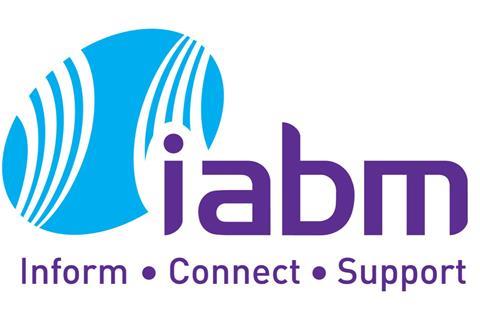Bezos and Musk: The Billionaires’ space battle

Tesla and SpaceX founder Elon Musk and Amazon boss Jeff Bezos have launched their own rocket companies as they seek to tap into the planet’s ever-increasing demand for broadband connectivity. Chris Forrester assesses their chances.
Way back in 1957, Russia launched Sputnik-1, the world’s very first satellite. The first communications satellite came a few years later with Telstar-1 in 1962 and which provided the first-ever TV signals across the Atlantic. Since then mankind has placed around 8400 satellites into some sort of orbit, of which more than half are inactive.
This includes all manner of craft, including meteorological and scientific satellites, so-called ‘spy’ satellites and about 140 satellites for GPS use in vehicles.
However, according to the United Nations Office for Outer Space Affairs (UNOOSA), only a small proportion of the launched total are still orbiting in geostationary orbit at 36,000 kms/22,000 miles high and supplying communications. A handful of them provide broadband communications for users.
All that looks likely to change, starting in May when Elon Musk, he of the SpaceX Falcon rockets, Hyperloop, Tesla electric cars and The Boring Company, launches his first batch of some 12,000 ‘Starlink’ satellites. He launched two test craft in February 2018 (cheekily called Tintin 1 and 2), and Musk’s plan is to have 2200 satellites in Low Earth orbit (LEO) within the next 5 years.
Musk’s SpaceX president Gwynn Shotwell, interviewed by the Wall Street Journal in April said: “I’m pretty sure we can…
Read the full article

Sign up to IBC365 for free
Sign up for FREE access to the latest industry trends, videos, thought leadership articles, executive interviews, behind the scenes exclusives and more!
Already have a login? SIGN IN




















